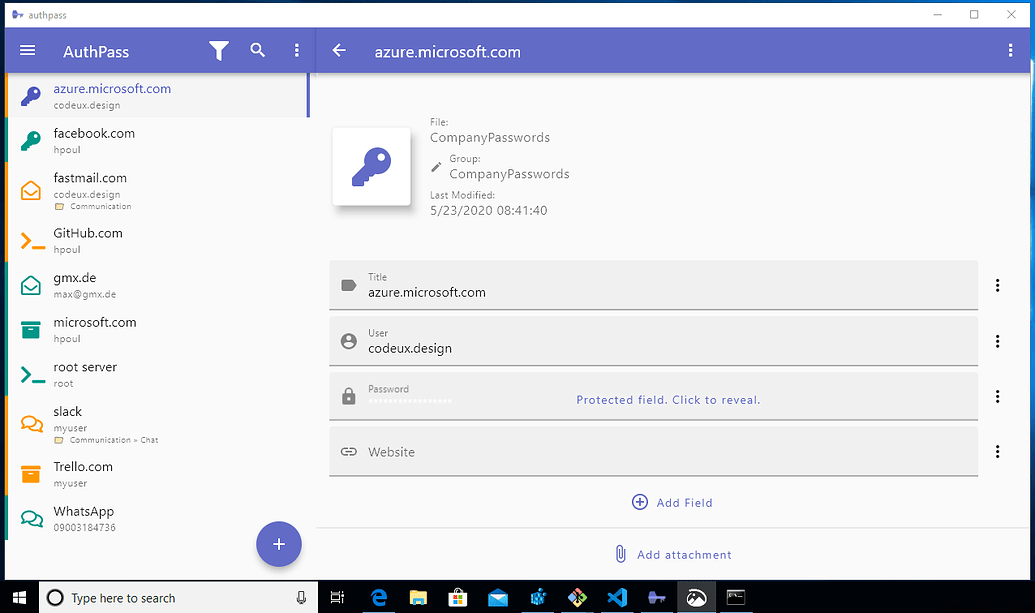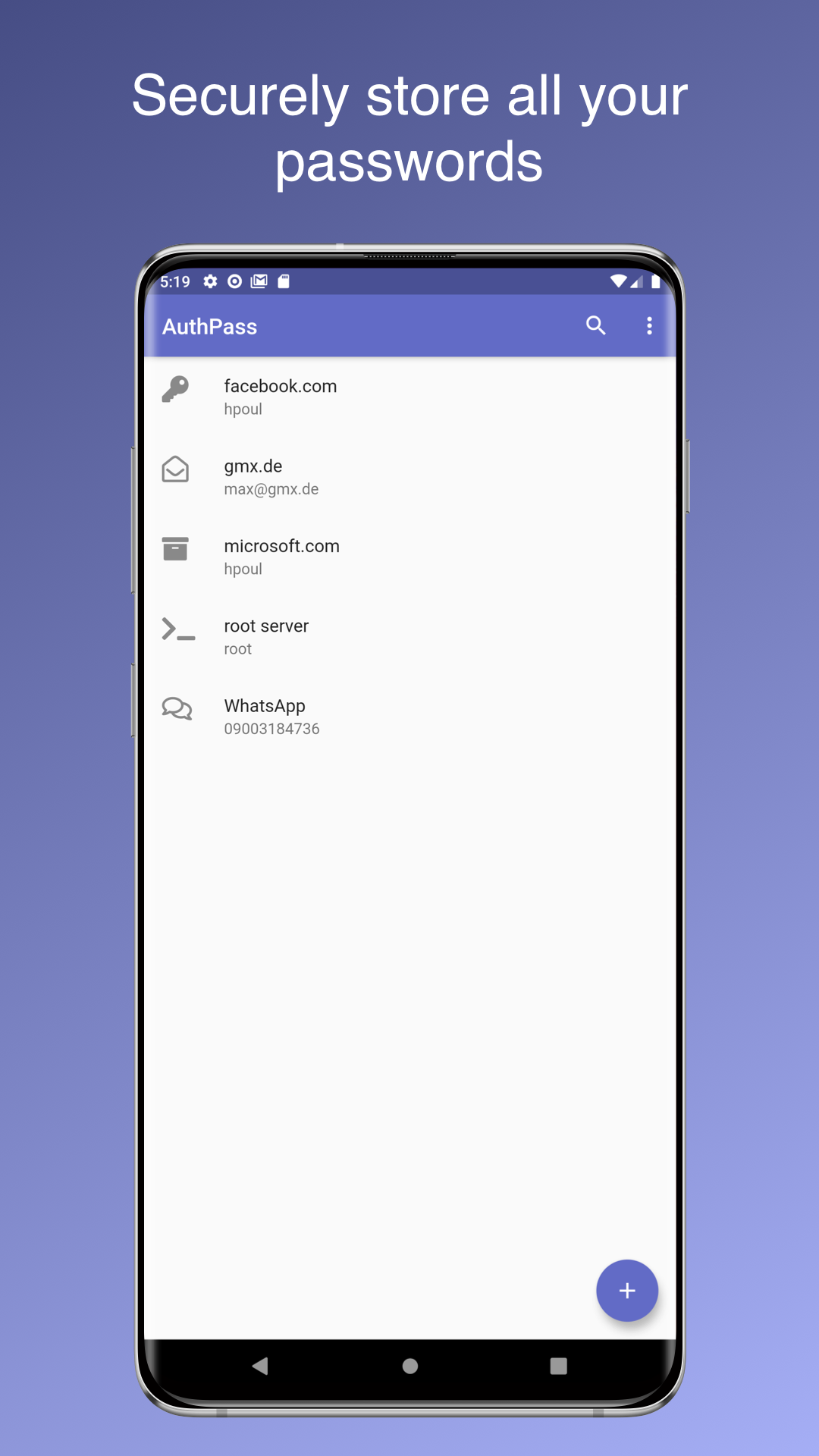


To install ssmtp, run the following command:Ĭonfigure ssmtp: Once ssmtp is installed, you need to configure it to use your Gmail account. Install the mailutils and ssmtp package: The mail command is part of the mailutils package, but to use Gmail’s SMTP server, you need to install the ssmtp package, which provides a simpler interface to send mail using SMTP. You can generate Gmail application-specific password. To enable less secure apps, go to your Google Account settings, click on Security, and toggle on Less secure app access. This allows the mail command to connect to Gmail’s SMTP server using your Gmail credentials. Once you’ve done that, you can use the mail command to send email from your script.įollow these steps to set up the mail and cron job:Įnable Less Secure Apps: First, you need to enable less secure apps in your Gmail account settings. You will need to configure your EC2 instance to use your email service provider’s SMTP server and provide SMTP credentials (username and password). But the easiest way is to use AuthPass Cloud. AuthPass offers a lot of ways to access your password databases. This way you get to the default home screen.

If you don’t have a mail server, you can use a third-party email service like Gmail, Amazon SES, etc…Here we are using Gmail for mail sending. Just go ahead and select Yes, open my passwords for now. To use the mail command, you need to have a mail server installed on your EC2 instance. Run the script manually using bash container-status-check.sh command. You can also add a line to the script that will start the container if it is not running, after sending the email alert. Sending email."Įcho "Container $CONTAINER_NAME is not running on $(hostname)." | mail -s "$CONTAINER_NAME Container not running" $EMAIL_TOĮcho "Container $CONTAINER_NAME is running."Ĭhange and accordingly. However, it is lacking more sophisticated features that more advanced users may have come to rely upon.If ! docker ps | grep $CONTAINER_NAME > /dev/null thenĮcho "Container $CONTAINER_NAME is not running. To summarize, I like that AuthPass has a simple, consistent, cross-platform KeePass-compatible app which is easy for a new user to get started with. for the Android app, a built-in keyboard to help me enter username/password into 3rd-party apps. hotkey (Ctrl-Alt-A) to simulate keystrokes to enter username/password into 3rd-party programs, and the ability to customize the default "" sequence for specific entries. There is a plugin on KeePass to let me do just that. For example, I like my generated passwords to be word-based eg. certain essential plugins on the Windows KeePass app.

the ability to load the kdbx file directly from Google Drive (setting up the Google Sync plugin on the KeePass application is way too technical for most people). the ability to scale the UI (density, text size) dynamically is neat (no doubt for folks with high DPI monitors) the uniform user interface across the platforms I have tried both the Windows and Android version. The app is indeed portable, no doubt about it. I have voted, and I hope others will as well.


 0 kommentar(er)
0 kommentar(er)
